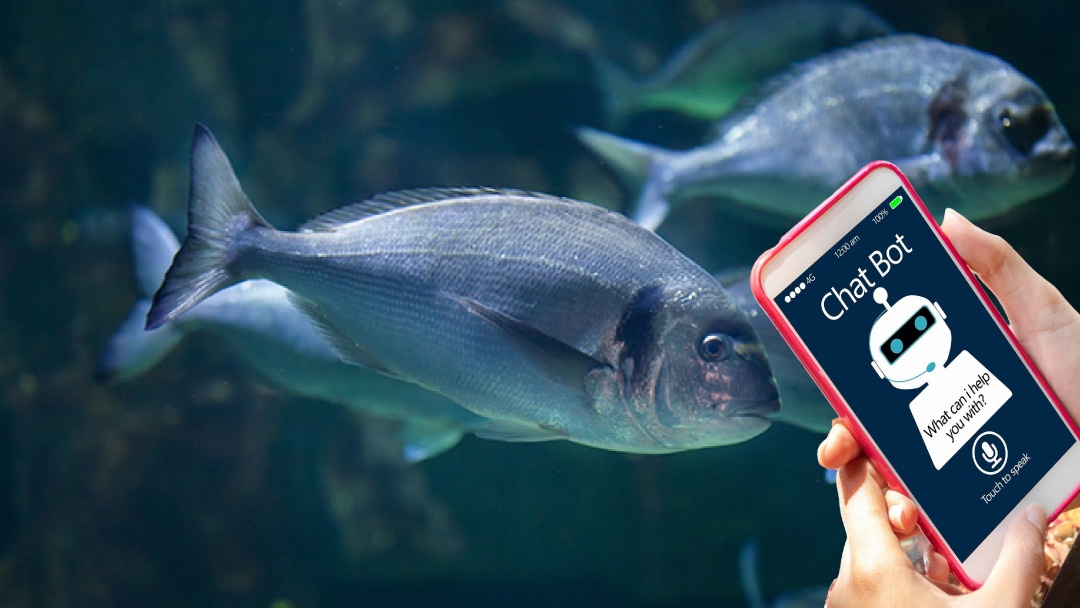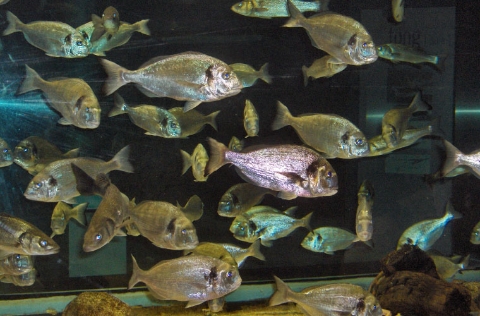
The integration of chatbots into both human and veterinary medicine is transforming how information is accessed and clinical decision are made. While the contexts differ, these are shared benefits and unique challenges in each field.
A comprehensive study by Verified Market Reseach has forecasted that the global market for chatbots in the healthcare sector will reach $943.64 million by 2030, with an annual growth rate of 19.16%.
Meanwhile, another recent study, published in JAMA Network Open, revealed that ChatGPT-4 outperformed human doctors in diagnosis complex medical cases. OpenAI’s artificial intelligence achieved a remarkable 90% accuracy across six challenging cases, whereas human doctors scored 76% and 74% when relying solely on traditional methods, even when supported by the chatbot as a tool.
This popularity stems from their ability to provide instant support to healthcare professionals.
In veterinary medicine, particularly in aquaculture, these virtual assitants hold significant potencial, where time and precision are critical. Much like in human healthcare, these chatbots can gather information about symptoms in fish, such as behavioural changes, visible injuries, or unusual mortality rates.
These chatbots serve as the first line of support, triaging cases for veterinary intervention and assisting both aquaculture health professionals and producers in making swift, informed decisions.
For instance, they can identify common bacterial diseases such as Aeromonas, as well as parasitic or viral infections, recommending appropriate treatments. They can also advise on improving water conditions-a crucial factor in fish health-and provide guidance on biosecurity, feed management, and vaccination practices to prevent outbreaks.
However, like any emerging technology, they come with challenges. Their accuracy depends on the quality of input data, historical records, and precise parameters, which can complicate diagnosis.
Another key factor is user trust. Initially, gaining acceptance of chatbots as reliable tools may pose a challenge to widespread adoption.
Veterinary chatbots in aquaculture share a promising future with their counterparts in human healthcare. They offer quick and accessible solutions to health issues, enhancing efficiency and prevention efforts. However, there is a notable distinction: while human healthcare focuses on individual’s wellbeing, in aquaculture, the impact is collective, making chatbots as essential tool for sustainability and productivity in the industry.
It’s crucial to emphasise that while advances in artificial intelligence provide innovative tools, any health issues or symptoms should always be evaluated by a qualified health professional.



